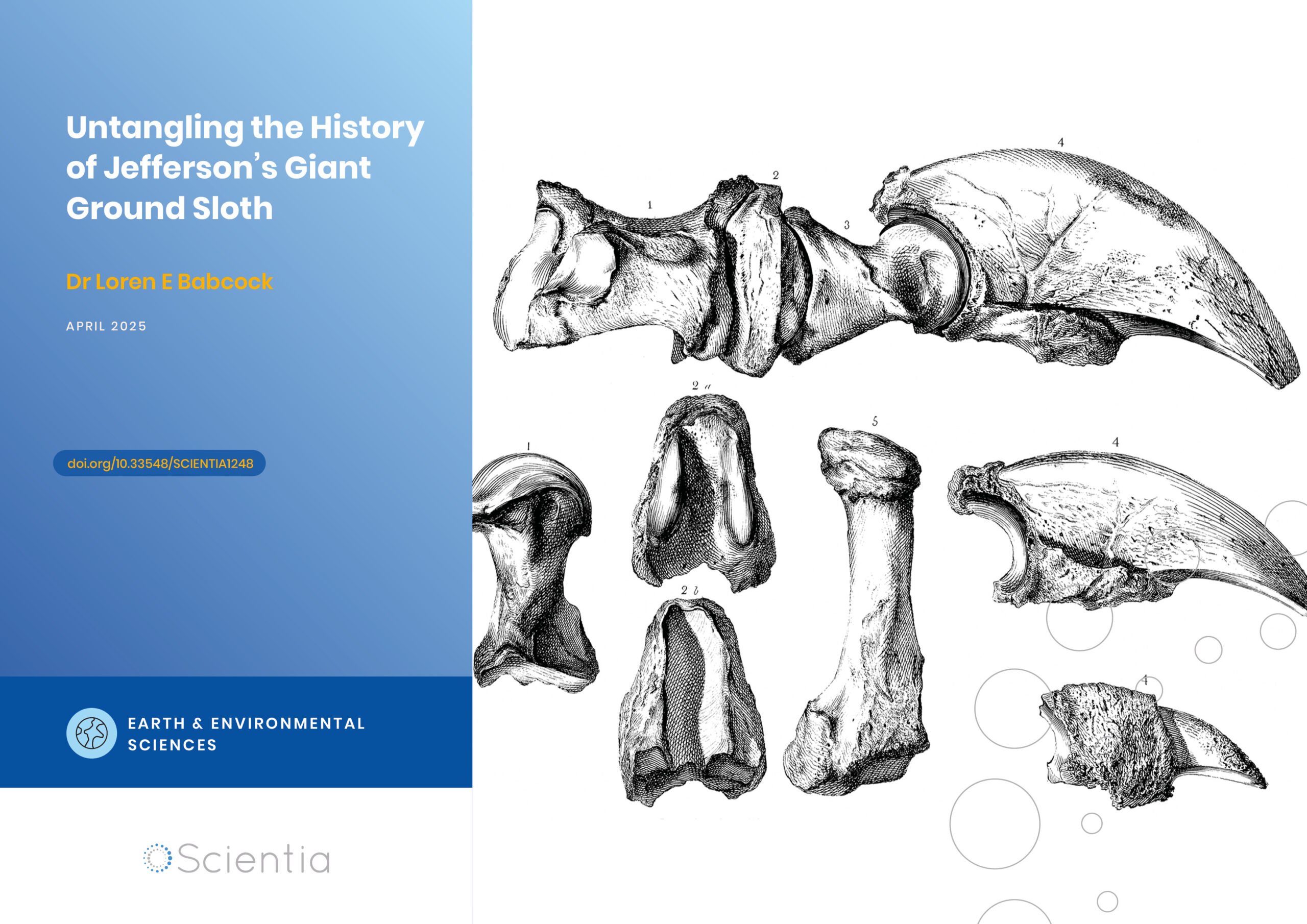Professor Muireann Quigley – Everyday Cyborgs: How Ought the Law to Deal with Implanted Medical Devices?
Attached and implanted technologies are now part of everyday life for many millions of people. Yet as the capabilities of these devices have advanced rapidly in recent years, lawmakers have struggled to keep pace. Professor Muireann Quigley at the University of Birmingham believes that it is now more critical than ever that the law catches up with the technological and social change wrought by attached and implanted medical devices, especially ‘smart’ ones. Through the Everyday Cyborgs 2.0 and DIY Diabetes projects, she and her colleagues hope to bring law, regulation, and policy regarding these technologies into the 21st century.
Attached and Implantable Technology
Not so long ago, the idea of advanced technologies being implanted into the human body seemed to be entirely confined to science fiction. However, as our ability to build devices that mimic the functions of our organs has improved, medical devices have become central to both the survival and wellbeing of many people who suffer from medical conditions. Moreover, these devices are becoming increasingly complex. Current generations of pacemakers, for example, run software, collect data, and transmit it remotely over Wi-Fi.
The emergence and growth of this technology now presents difficult yet urgent questions, including: Once a device has been implanted into a patient, do they have full ownership over the device and the software it depends on to function? How should the law respond to risks surrounding unauthorised third-party access or hacking of medical devices? Should internal medical devices be viewed as part of the person, as mere objects, or as something else? Is damage to a person’s implanted medical device a form of personal injury, or damage to property? Currently, the law lacks a coherent answer to these questions. As these devices become increasingly prevalent, answering these questions becomes ever more pressing.
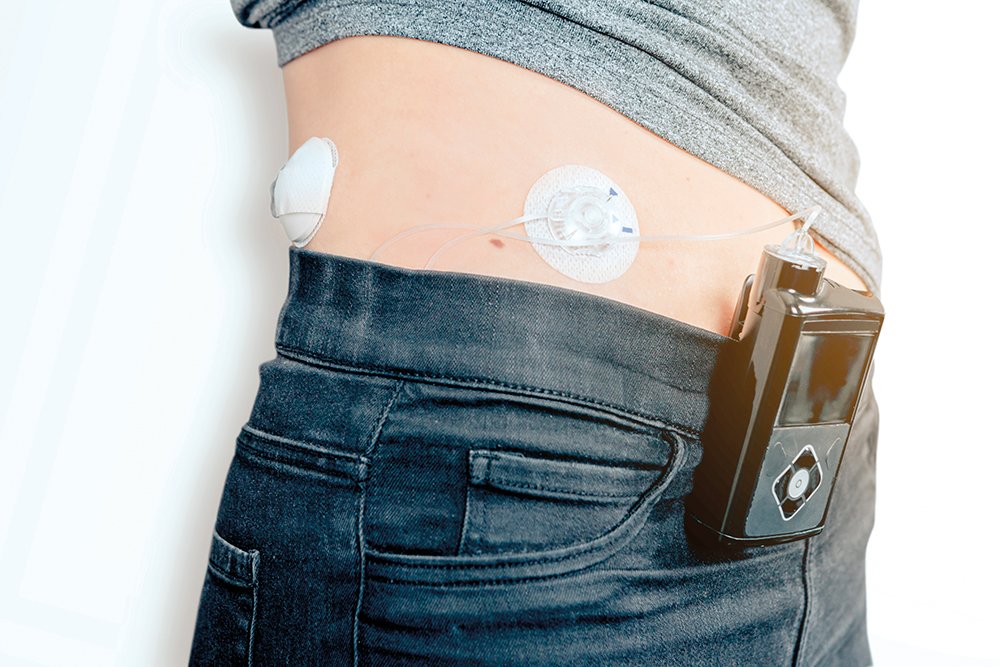
Legal Complexities
Professor Quigley’s interest in these questions grew out of her longstanding work on bodies and separated biomaterials. In recent years, a growing number of cases have required lawmakers to reconsider how much say we can have over the use and treatment of materials originating from our bodies. This issue gained widespread attention when six men about to undergo chemotherapy, a process that can damage and even destroy fertility, deposited their sperm into a bank for safekeeping. Unfortunately, a malfunction in the storage system at the fertility unit destroyed these samples. At the time, there was no clear answer as to whether these men were entitled to compensation for the loss of their sperm.
Eventually, the Court decided that the six had ownership of their sperm for the purposes of their claim and, as such, they had a right to compensation for the damage done. The case brought about a significant change in direction in the law regarding ownership over material that moves from the body to the outside world. Yet for Professor Quigley and her colleagues at the University of Birmingham, it also revealed how issues with the law not only related to materials being removed from the body, but also to devices from the outside world being implanted into or attached to the body.
For devices that remain in the outside world, the law is reasonably clear. When we buy new devices such as smartphones or laptops, current laws state that you have ownership over their physical hardware, and that any damage to the device counts as damage to your personal property. However, the same is not true for the software run by the device. This means that by hacking into a device to alter its software, a user would be breaching the terms and conditions set out by the manufacturer, and could face a legal penalty or have devices ‘bricked’, rendering them useless.
Clearly, however, the situation becomes far more complex in the case of the software run by implanted medical devices. Whereas it may be permissible for manufacturers to impose penalties for unauthorised uses of consumer electronics, ‘bricking’ devices such as pacemakers, insulin pumps, or neuroprostheses could have devastating consequences for users. Ultimately, these issues stem from the fact that in its current state, the law says that something can either be a ‘person’ or a ‘thing’ – and cannot appropriately describe cases where external, non-living devices have been integrated into a body. Thus, there is much work to be done before legal practices can account for the realities of modern medical implants.
Introducing Everyday Cyborgs 2.0
Through their research, Professor Quigley and her colleagues aim to explore these problems in an interdisciplinary way, drawing on insights from Law, Socio-legal Studies, Philosophy, and Science and Technology Studies. The team ultimately hopes that their findings will inform law- and policymakers in how to best accommodate the increased blurring of boundaries between people’s bodies and the medical devices that keep them alive and healthy. Their efforts have culminated in the ‘Everyday Cyborgs 2.0’ project – a name that acknowledges attached and implanted smart medical devices are no longer confined to the realm of science fiction; they are an intrinsic and everyday part of people’s lives.
The team’s objectives can be summarised by three research questions. Firstly, what does the existence of everyday cyborgs (that is, persons with attached and implanted medical devices) reveal about the limits of current laws and policies regarding implanted medical devices? Secondly, what insights do we gain when these traditional legal, ethical and conceptual boundaries are broken down, and then reconstructed to account for hybridity between technology and the human body? And finally, how could policies and practices change after such a re-imagining?
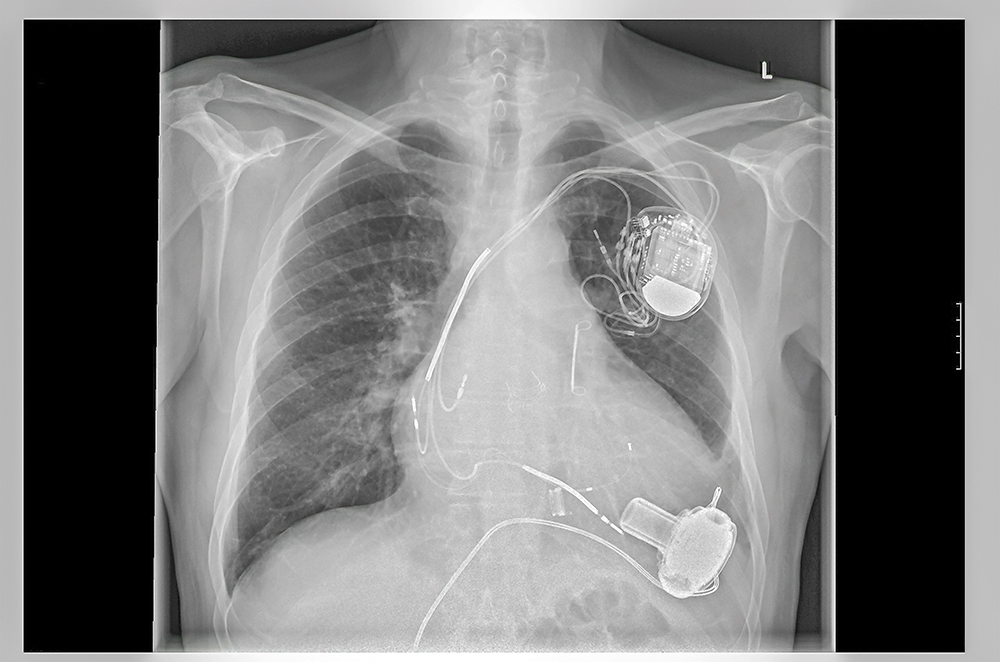
A Roadmap for Research
These questions provide Professor Quigley’s team with an outline for a five-year research program. In the first two years of the Everyday Cyborgs 2.0 project, they will investigate where the law currently perceives the boundaries between people and medical devices to occur, and why they are there in the first place.
In the next two years, they will examine the pitfalls and opportunities that might arise when these boundaries are broken down. Finally, the team will develop a novel account of everyday cyborgs in law. They hope that their new account will be empirically informed and practically useful, with solid conceptual and philosophical underpinnings.
Through these lines of inquiry, Professor Quigley hopes to resolve some of the unanswered questions outlined earlier. The insights gathered by Everyday Cyborgs 2.0 will come at a crucial time. As the speed of technological progress increases, our capacity to develop novel functionalities for our medical devices far outstrips legal and regulatory approval processes. In some areas, this regulatory lag has led to increasing numbers of patients with implanted medical devices developing their own Do-It-Yourself solutions, sidestepping official regulatory processes.
The Case of the Artificial Pancreas
One example is the development of Do-it-Yourself Artificial Pancreas Systems (DIY APS) by people with type 1 diabetes. In recent years, diabetes care has been revolutionised by the introduction of two pieces of technology: Continuous Glucose Monitors (CGMs), which monitor blood glucose levels, and insulin pumps, which deliver insulin through a cannula inserted under the skin. Based on readings from the CGM, a patient can manually program their pump to deliver a prescribed dose of insulin, to keep their blood glucose within safe levels.
Some patients, however, are dissatisfied with these devices for a number of reasons, including the level of insulin control offered and the amount of time they have to spend manually interacting with the devices. In response to this, a growing community of patients (sometimes called ‘loopers’) has emerged, who have taken it upon themselves to create their own DIY solutions.
Loopers construct their own DIY APS to better manage their diabetes. Following instructions available on the internet, they build open-source software that connects their insulin pump to their CGM via either a small computer or a smartphone. As the CGM tracks the patient’s glucose levels in real-time, the software calculates the optimal insulin dose required. This information is then transmitted to the patient’s insulin pump, which delivers the precisely calculated dose to the bloodstream automatically.
This system essentially allows the CGM and pump to talk to each other – creating a closed-loop system that makes continuous, automatic micro-adjustments to insulin levels. Users of these systems report benefits including reduced anxiety, less interrupted sleep, more time with blood glucose in the optimal range, and less time spent having to manage their diabetes (once the system is up and running). Together, these changes can significantly improve people’s quality of life.

The Confusing Legality of DIY APS
Despite these numerous reported advantages, some people are concerned about this technology from a legal standpoint. Firstly, DIY APS have not been through the process of regulatory approval, which commercially manufactured medical devices undergo to establish safety and efficacy. Secondly, the components of people’s DIY APS (the insulin pumps and CGMs) were not originally designed to work together in this way. Connecting them through the use of an open-source algorithm could constitute an unauthorised use of the devices – something that might violate the manufacturer’s user agreements, potentially voiding the warranties.
Thirdly, there is a particularly grey area regarding who should be held accountable if a looping system fails. Should it be the manufacturer of the component devices, the programmers who create the software, the healthcare service that prescribes the insulin pumps and CGMs, or the patient who uses these devices to build the DIY APS? Professor Quigley and her colleagues are just beginning to explore these issues through the DIY Diabetes project, which is running alongside Everyday Cyborgs 2.0.
#WeAreNotWaiting
Since ‘looping’ is a practice existing outside of today’s tightly regulated medical device industry, the legal implications are not clear. Many patients with diabetes are understandably unwilling to wait for the lengthy regulatory approval processes that could see approved artificial pancreas technologies become more widely available. This is exemplified by the looping community’s motto: #WeAreNotWaiting.
As part of the DIY Diabetes project, Professor Quigley and her team aim to take account of the views of the looping community and their clinicians, as well as device manufacturers, in order to address legal and ethical concerns regarding the use of such unregulated technology.
Preparing for the Future
Professor Quigley ultimately hopes that work on these projects will lead to much needed clarity with the law and regulation regarding attached and implanted technologies, bringing policies regarding smart medical devices into the modern age.
Reference
https://doi.org/10.33548/SCIENTIA541
Meet the researchers
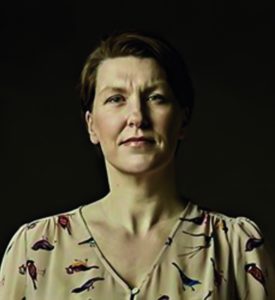
Professor Muireann Quigley
Birmingham Law School
University of Birmingham
Birmingham
UK
Professor Quigley is Professor of Law, Medicine, and Technology at Birmingham Law School. Her interdisciplinary research focuses on three main areas: bodies and biomaterials, bodies and biotechnologies, and the use of the behavioural sciences in law and policy. In 2018, she brought together her findings on bodies and biomaterials in a major monograph, entitled: ‘Self-ownership, Property Rights, & the Human Body: A Legal and Philosophical Analysis’. Professor Quigley is currently principal investigator on a 5-year Wellcome Trust funded project focusing on the legal and philosophical challenges that emerge when human bodies are joined with attached and implanted medical devices. She has also received a Quality-related Research (QR) grant from Research England and an Economic and Social Research Council Impact Acceleration Award for work on the regulation of DIY artificial pancreas systems.
CONTACT
E: m.quigley.2@bham.ac.uk
W: https://muireannquigley.com/
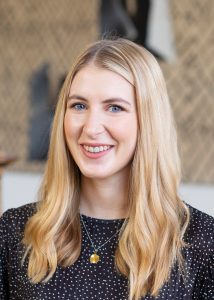
Dr Rachael Dickson
University of Birmingham
Dr Dickson specialises in the governance and regulation of legal subjects, and explores how the law impacts our ideas of personality and body autonomy. As part of the Everyday Cyborgs 2.0 project, she is studying the socio-legal aspects of medical devices, including the impact of the law on the diverse range of people involved in their use, including patients, healthcare professionals, manufacturers, and family members.
E: r.m.dickson@bham.ac.uk
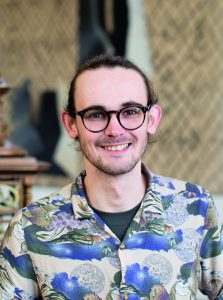
Dr Joseph Roberts
University of Birmingham
Dr Roberts currently focuses on the Everyday Cyborgs 2.0 project, where he explores the conceptual and normative questions posed by the joining of persons with attached and implanted medical devices. More broadly, Dr Roberts’ research focuses on the notion of respect for persons and the limits of consent – specifically, whether or not people can truly consent to choices that will harm them.
E: j.t.f.roberts@bham.ac.uk
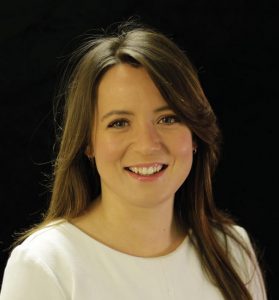
Dr Jessica Bell
University of Melbourne
Dr Bell works at the intersection of law, technology and health. Her research explores the legal and governance issues that arise in health and biomedical research. Dr Bell has expertise in the areas of health research governance, data protection and privacy and regulation of emerging technologies, and has been working on questions of liability regarding harm arising from DIY artificial pancreas systems.
E: jessica.bell@unimelb.edu.au

Dr Amber Dar
University of Salford
Dr Dar has been conducting research on decision-making for and about children in relation to the use of DIY artificial pancreas systems. This involves analysing recent case law on ‘innovative’ or ‘experimental’ treatment and looking at how this should be interpreted and explained, with a particular focus on issues of parental responsibility and assessing the best interests of a child.
E: a.dar5@salford.ac.uk

Dr Laura Downey
University of Birmingham
Dr Downey’s research interests lie in the coproducing relationship between law, technology and society, and in further understanding law as both shaped by and shaping of the socio-technical environment. Her main focus is upon the interaction between law, regulation and emerging biotechnologies.
E: L.J.Downey@bham.ac.uk
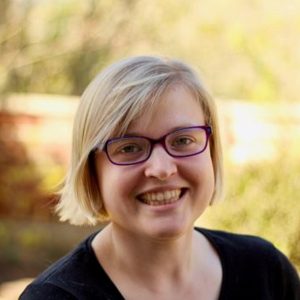
Ms Victoria Moore
University of Manchester
Victoria Moore is a PhD student at the University of Manchester, whose doctoral research investigates legal and regulatory responses to patient safety incidents occurring during transitions of care. Her main research interests include the regulation of patient safety and medical professionalism. She has been working on issues concerning professional duties and clinician liability in relation to DIY artificial pancreas systems.
E: victoria.moore-4@postgrad.manchester.ac.uk
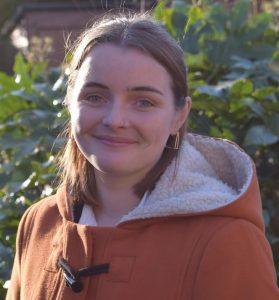
Ms Amy Walker
University of Birmingham
Amy Walker is a PhD student in Human Geography at the University of Birmingham. She has been reviewing the qualitative empirical research which has been undertaken with a range of actors related to DIY artificial pancreas technology.
E: ALW776@student.bham.ac.uk
FUNDING
Wellcome Trust
Research England
Economic and Social Research Council



Want to republish our articles?
We encourage all formats of sharing and republishing of our articles. Whether you want to host on your website, publication or blog, we welcome this. Find out more
Creative Commons Licence
(CC BY 4.0)
This work is licensed under a Creative Commons Attribution 4.0 International License. 
What does this mean?
Share: You can copy and redistribute the material in any medium or format
Adapt: You can change, and build upon the material for any purpose, even commercially.
Credit: You must give appropriate credit, provide a link to the license, and indicate if changes were made.
More articles you may like
Calculating Steering Friction: Essential Engineering for Military Aircraft Safety
The safe operation of military training aircraft depends on precise engineering calculations that most of us never consider. Dr Bogdan Adrian Nicolin and Dr Ilie Nicolin from the National Institute for Aerospace Research in Romania have developed sophisticated methods to calculate the steering friction moment in military aircraft. This critical engineering parameter ensures that pilots can safely control aircraft during taxiing, take-off, and landing – making their work essential for both pilot training and flight safety.
Professor Robert B Heimann | Culinary Craftmanship: The Evolution of Pottery for Cooking
Cooking food is arguably one of the most important transitions in human evolution, and initiated hundreds of thousands of years of refinement in both technique and technology. Professor Emeritus Robert B Heimann of TU Bergakademie Freiberg, Germany, recently reviewed the evidence for early cooking vessels and tracks the evolution of their production, identifying important strategies of optimisation using various natural materials, firing methods, and designs to improve durability, functionality, and efficiency over time.
Dr Loren Babcock | Untangling the History of Jefferson’s Giant Ground Sloth
In the spring of 1796, workers mining saltpetre in a western Virginia cave unearthed several unusual bones. This would launch the scientific study of extinct animals in North America and connect one of America’s founding fathers to the early development of palaeontology. Some of these mysterious bones eventually made their way to future US President Thomas Jefferson at his Monticello estate. Dr Loren Babcock from The Ohio State University’s School of Earth Sciences has conducted an extensive review of the complex naming history of this iconic extinct animal. His research untangles over 200 years of inconsistent scientific terminology and establishes the definitive nomenclatural history of what would become known as Megalonyx jeffersonii.
Epigenetic Mysteries Unravelled: The Zinc-Finger Proteins
Exploring the complex mechanisms of cell development processes and DNA structure is critical to understanding how certain diseases, such as cancer, can arise. Professor Danny Reinberg and Dr Havva Ortabozkoyun from the University of Miami in Florida, USA, work to reveal the epigenetic mechanisms at play during cell division and development and, in turn, disease processes. Together, they are discovering new protein molecules involved in genome organisation, deepening our understanding of how cancers and other related conditions can develop.



